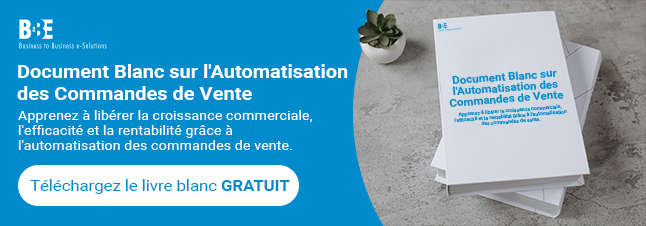When it comes to procurement, purchase order efficiency is key – because speed and accuracy are everything. But if your purchase orders are stuck in slow approval cycles, lost in email threads, or riddled with manual errors, the entire process grinds to a halt.
That’s where purchase order efficiency makes all the difference.
Improving the way you manage purchase orders isn’t just about saving time but also about gaining visibility, reducing risk, and ensuring orders are delivered without delays or cost blowouts. Here are five ways you can boost purchase order efficiency and make your process work smarter, not harder.
How Can Purchase Order Efficiency Be Improved?
1. Standardise your purchase order process
One of the biggest barriers to purchase order efficiency is inconsistency. Different departments using different formats, approval methods, or entry points creates confusion and slows everything down.
By establishing a clear, standardised workflow, you remove the guesswork, especially one that covers who creates the PO, what data is required, and how it moves through approvals. It becomes easier to train new team members, track documents, and ensure orders are raised correctly the first time.
Visionnez notre vidéo ci-dessous :
2. Replace manual steps with digital tools
If you’re still managing POs via spreadsheets or emails, you’re not alone but it’s costing your team time. Manual processes are slow, difficult to track, and more prone to human error.
Digital tools help increase purchase order efficiency by automating repetitive steps like data entry and routing. They also make it easier to search, share, and store POs securely. Going digital creates a cleaner process that helps your team focus on decision-making instead of paperwork.
3. Integrate purchasing with sales and inventory systems
Disconnected systems are a silent efficiency killer. When procurement teams can’t see real-time stock levels or outstanding sales orders, they may overorder. Or worse, delay critical purchases.
System integration is key to improving purchase order efficiency. Connecting your purchasing software with sales, inventory, and finance systems means data flows automatically. You’ll make smarter decisions, reduce duplicate entry, and shorten the time it takes from request to fulfilment.
4. Automate approvals and reminders
Waiting for manual sign-offs can slow a purchase order down by days, especially when stakeholders are juggling multiple tasks or out of office.
Automation allows you to set up rules for fast approvals. For example, POs under a certain amount can be auto-approved, while larger ones follow a pre-set approval chain. Reminders can also be automated, helping you avoid bottlenecks and keep the process moving. All this helps to boost overall purchase order efficiency without needing to chase people down.
5. Track performance and improve continuously
You can’t improve what you don’t measure. Tracking cycle times, error rates, and exceptions helps uncover where your process is falling short.
By regularly reviewing these metrics, you can identify weak points and introduce fixes whether it’s training, process changes, or better tools. This ongoing improvement ensures your purchase order efficiency doesn’t plateau but evolves with your business.
Conclusion
Purchase order efficiency affects the entire business with its benefits becoming obvious with efficiency. When orders move faster, approvals are easier, and data is accurate, the benefits ripple across operations, finance, and supply chain teams.
If your team is spending more time managing purchase orders than they should, it may be time to rethink how the process is set up and how automation can help you take back control. Download our Sales Order Automation datasheet to learn more.

